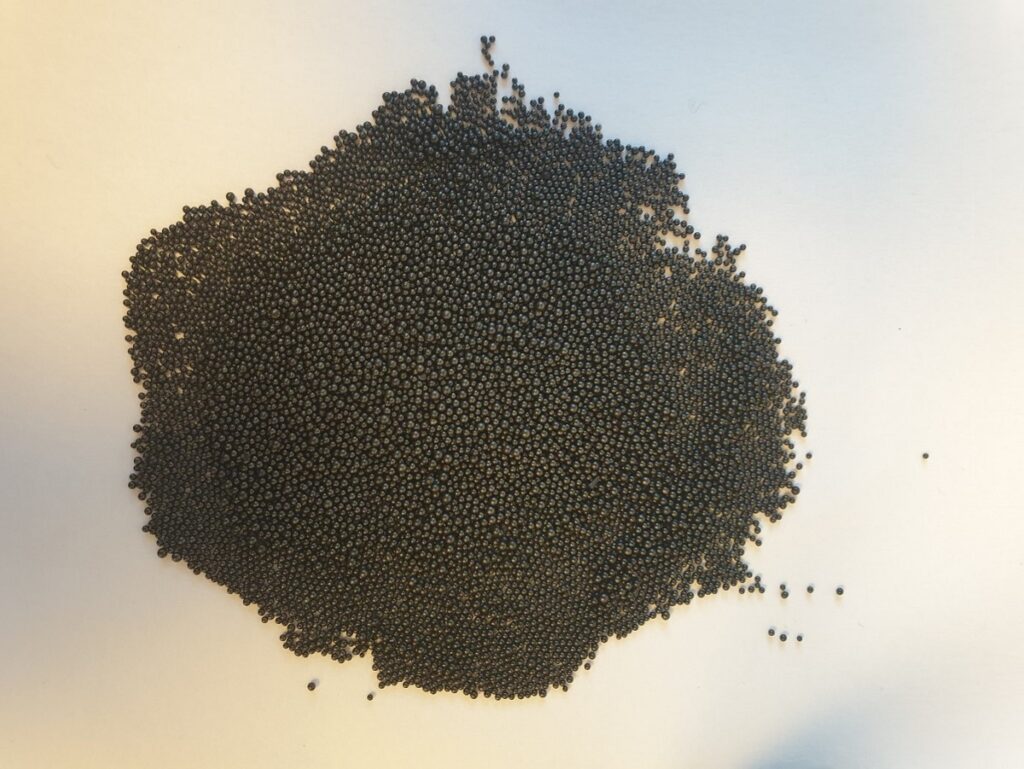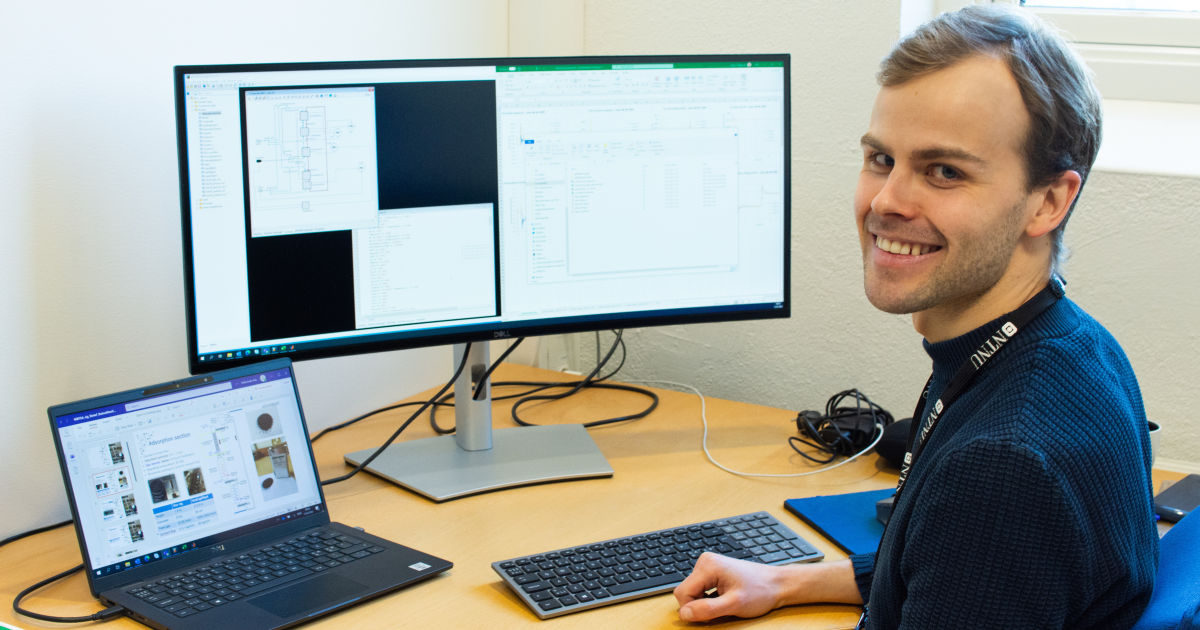Global CO2 emissions must be significantly reduced over the coming decades, and we will see variable renewable energy sources such as solar, wind, hydro and marine power covering a larger portion of electricity production than they do today.
However, fossil power plants are also expected to play a role, since they are already in operation and can be ramped up and down to meet the electricity demand of the market. Due to their balancing role, thermal power plants will likely need to vary their operation more frequently in the future. To reduce their climate footprint, the deployment of CO2 capture on such plants will be necessary.
Catching CO2 with a bed of particles
I am researching CO2 capture from thermal power plants. The method I use is called moving bed temperature-swing adsorption. Solid particles come in contact with the flue gas from the power plant and CO2 attaches to the surface of the particles. When the particles are heated up, the CO2 is released and can be collected in a high-purity stream.

Modelling and simulation to keep the performance stable
My PhD work is based on modelling and simulation. I will both make use of models previously developed within my research group and build my own models. I want to study how the CO2 capture process behaves over time when the operation of the power plant is varied. This means that the models I use are time-dependent (dynamic).
Through simulations I will investigate how the CO2 capture process can be controlled and operated to keep the performance stable even though the power plant operation changes.
The larger goal
Ensuring the reliable supply of electricity is a key part of the United Nations Sustainable Development Goal no. 7 to “ensure access to affordable, reliable, sustainable and modern energy for all”. To achieve this goal, it will be important to know how to control and operate a power plant – with CO2 capture system under variable loads, which is the goal of my PhD work.


